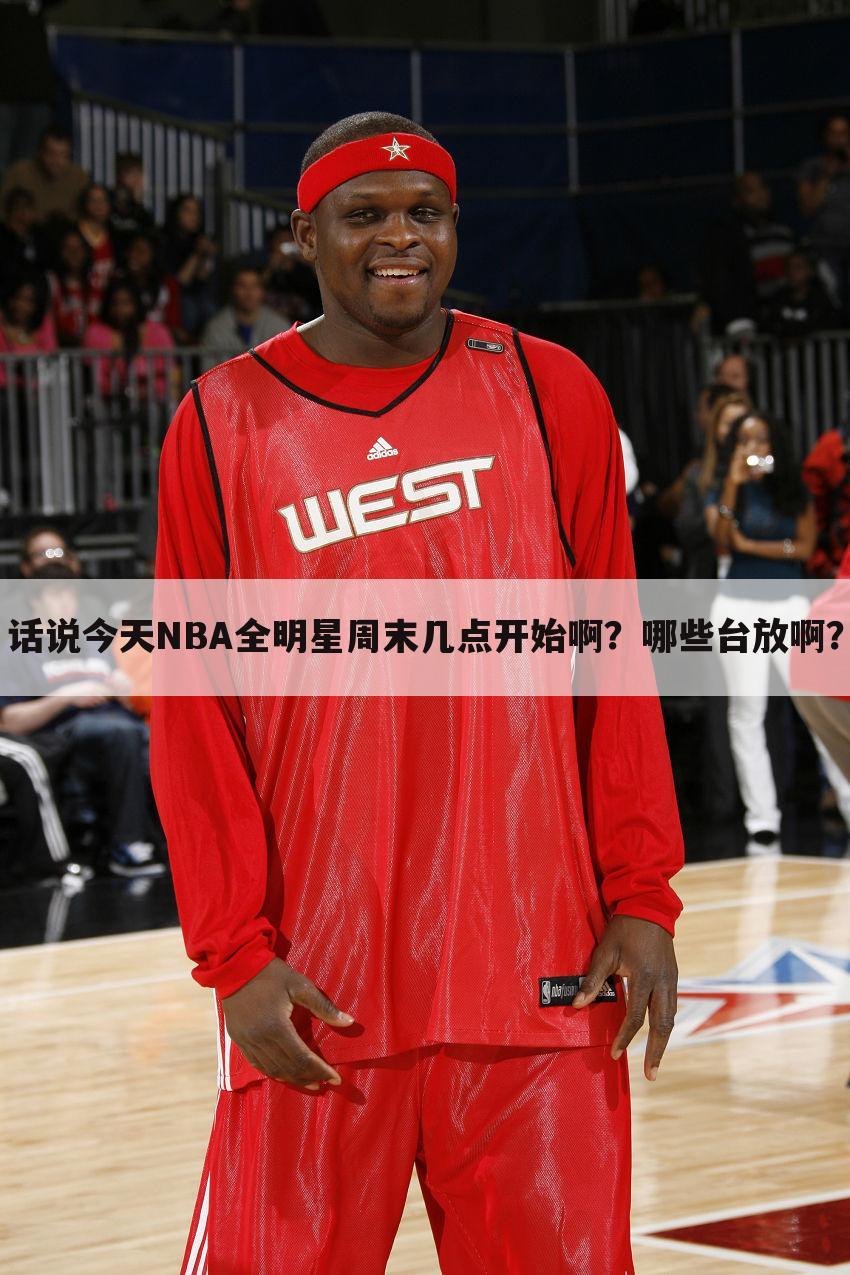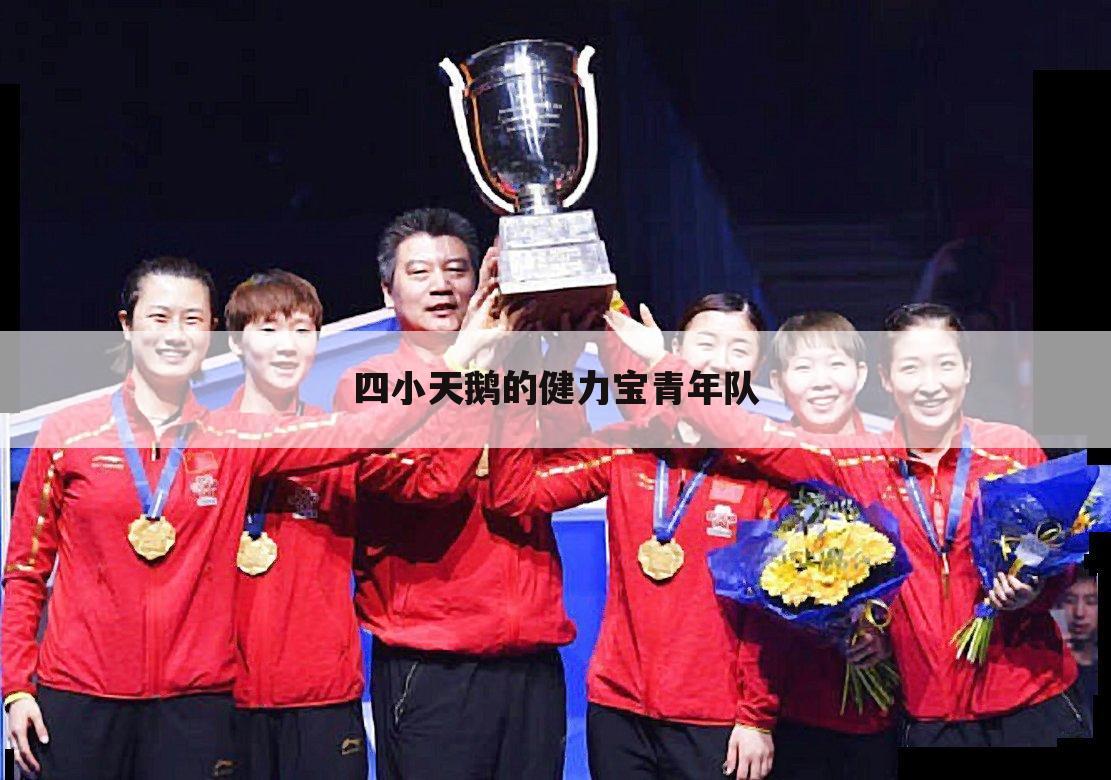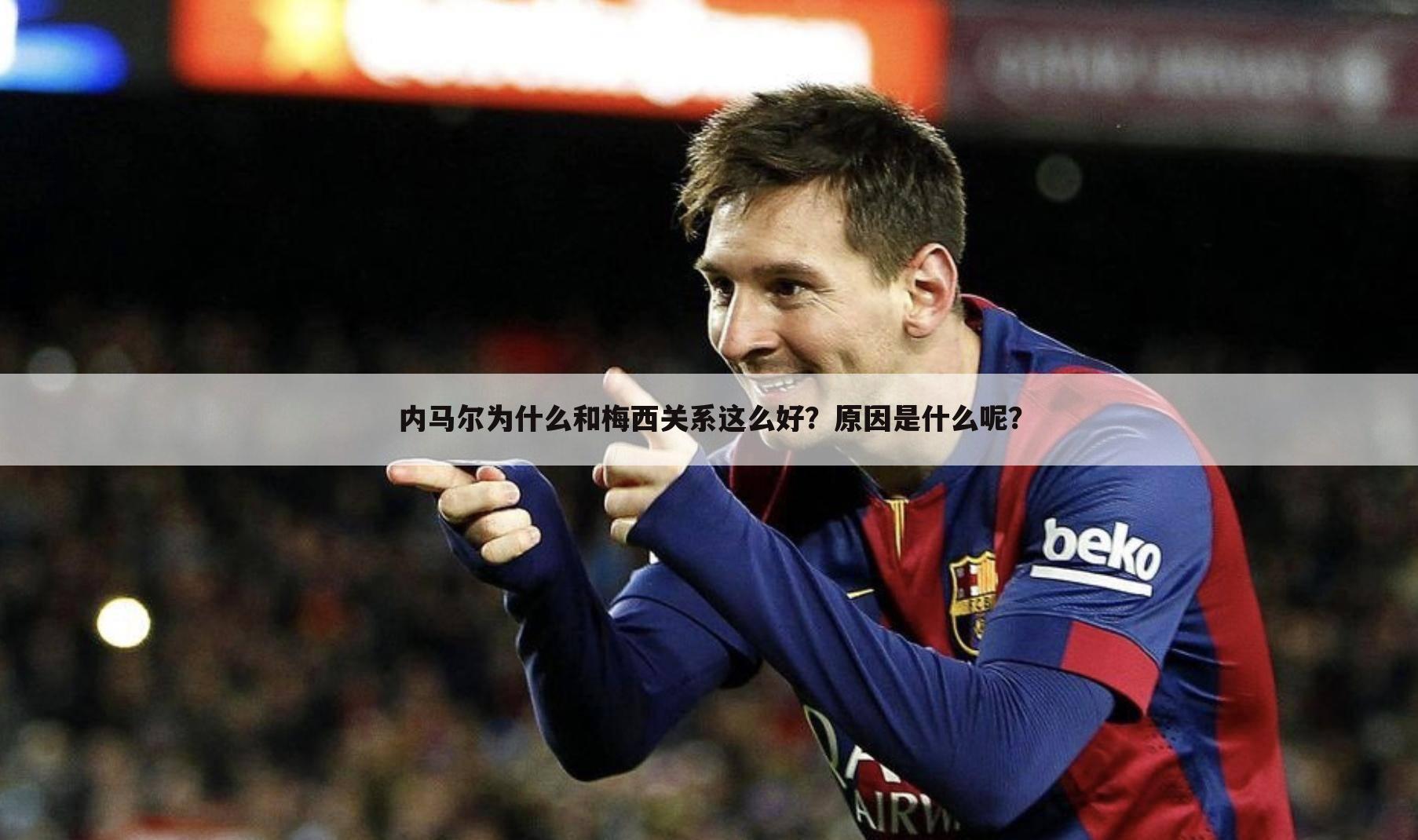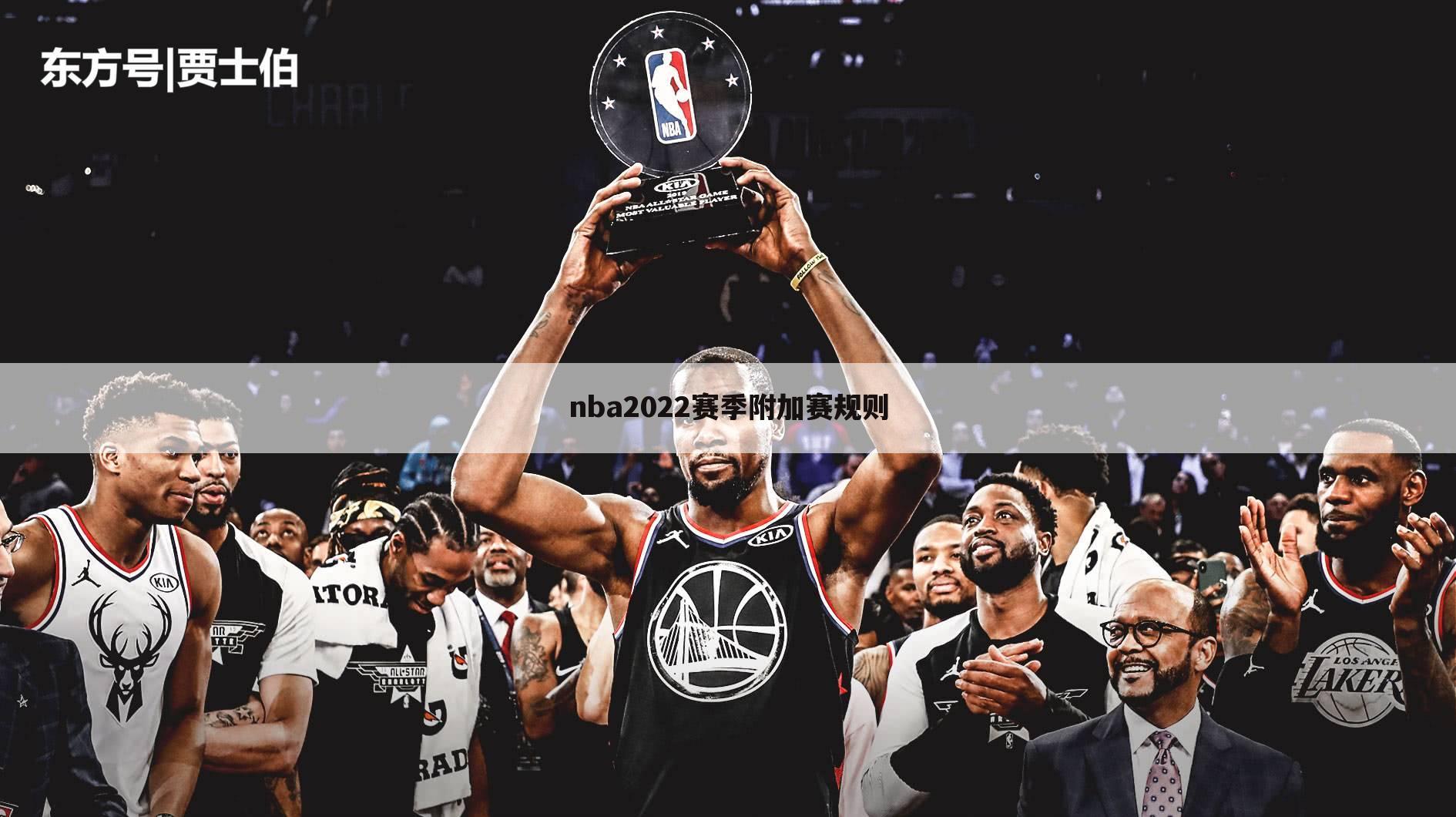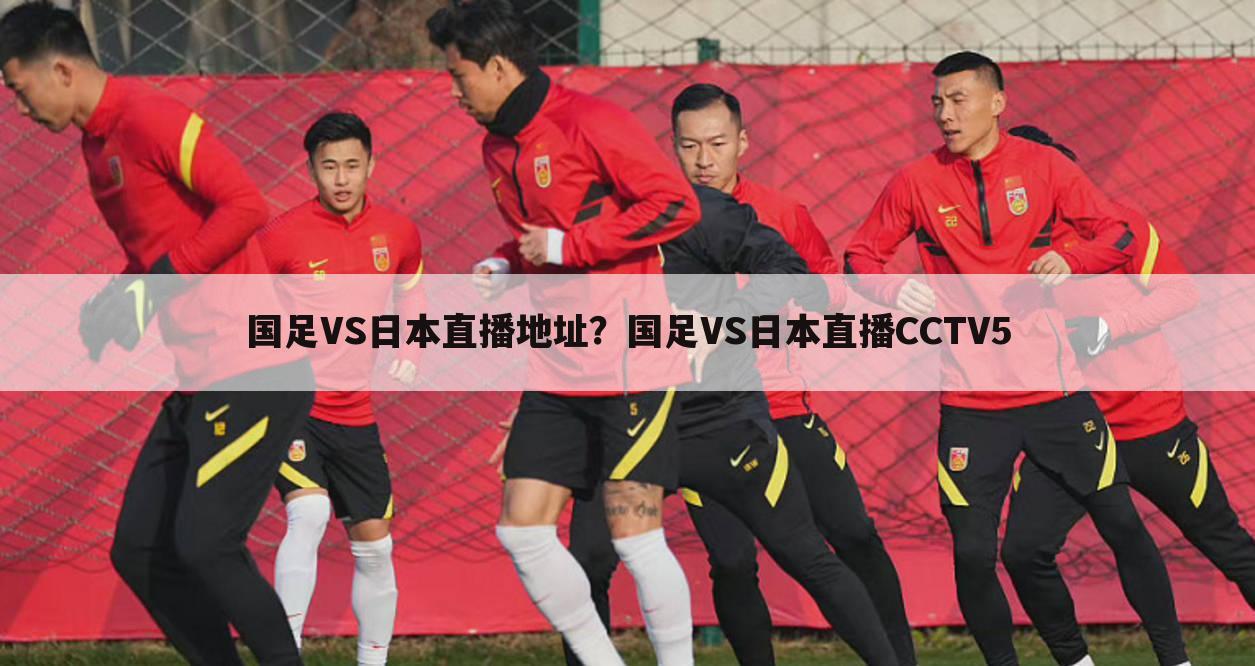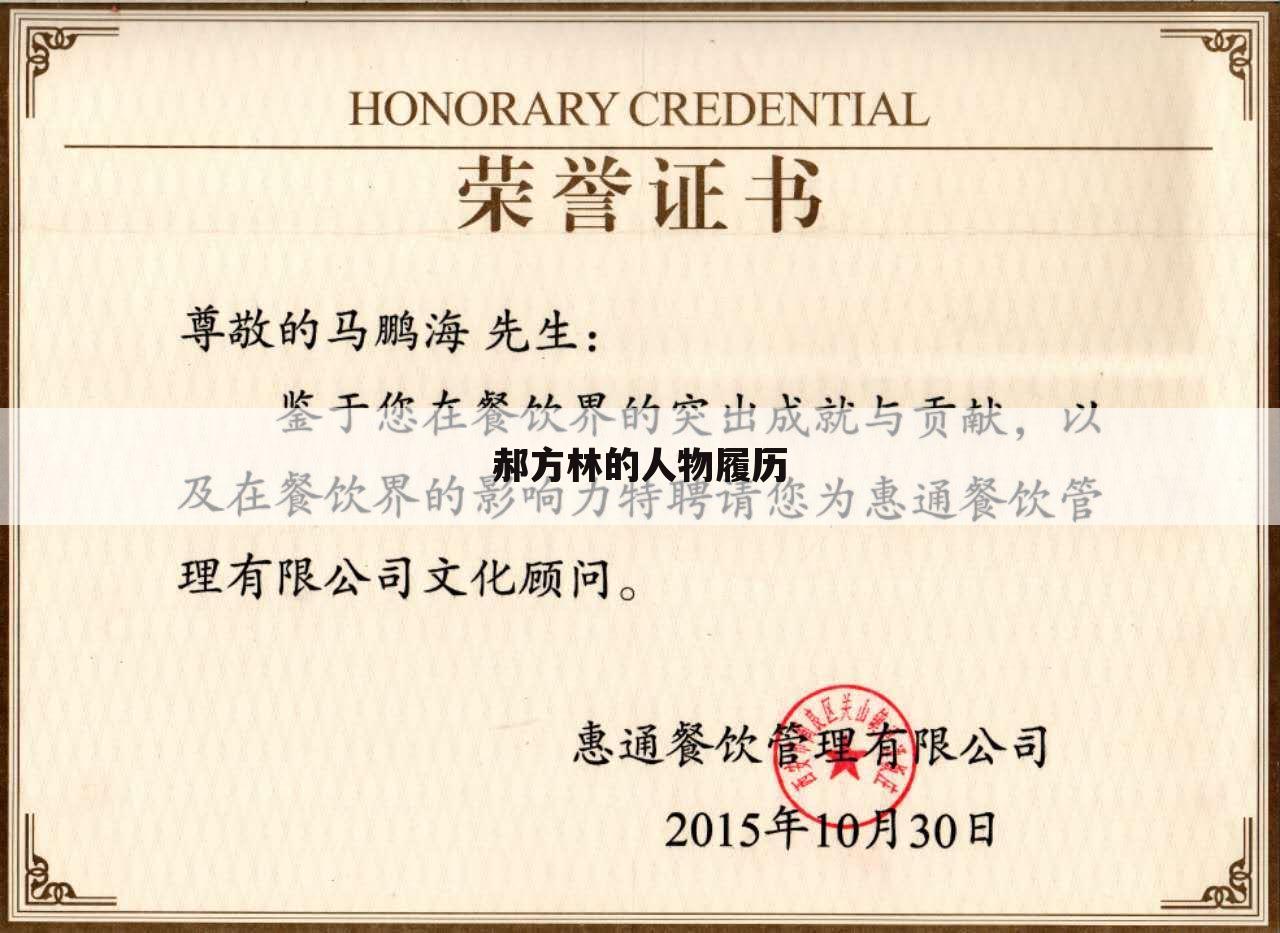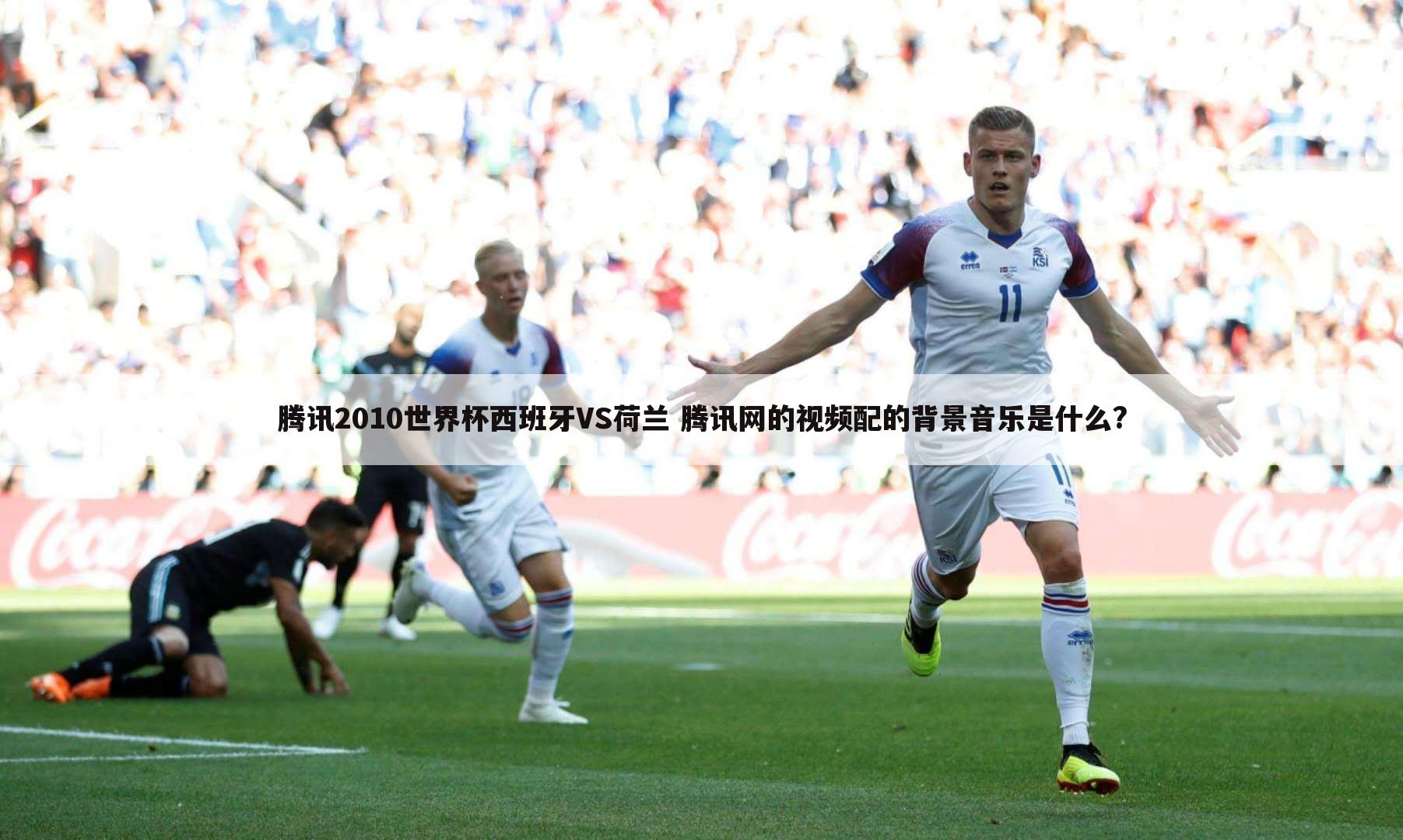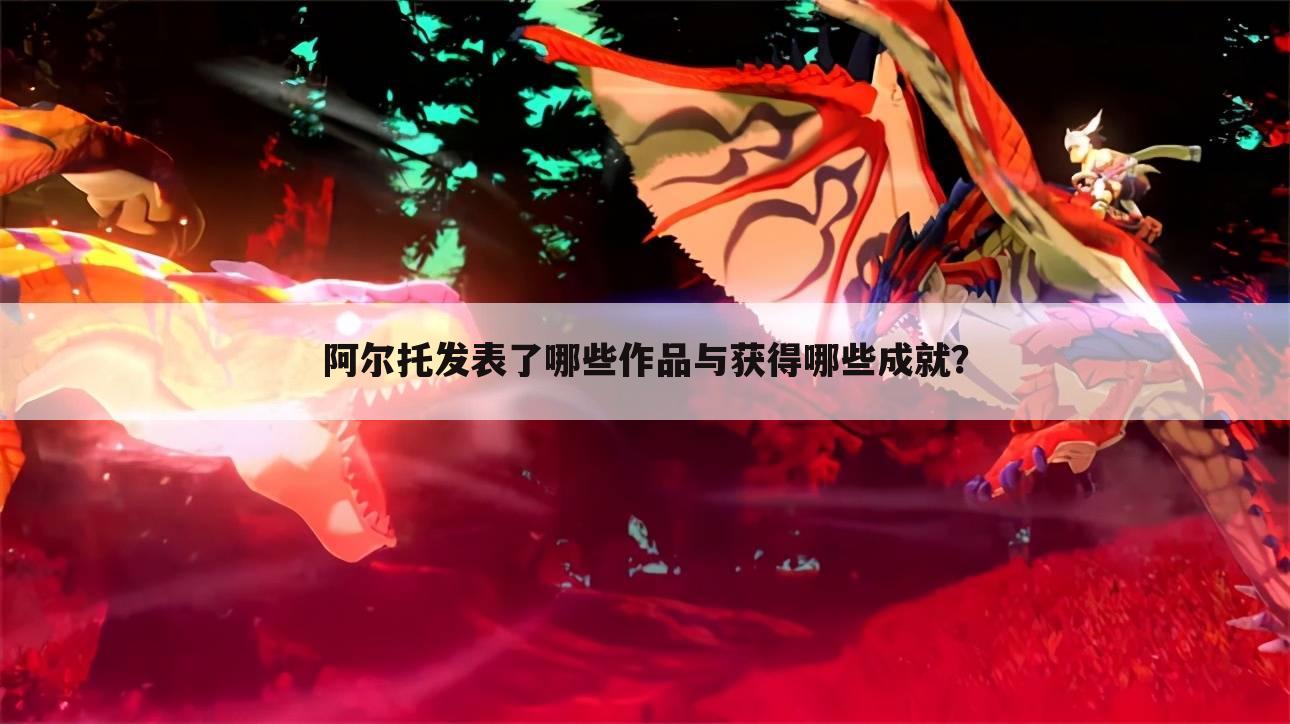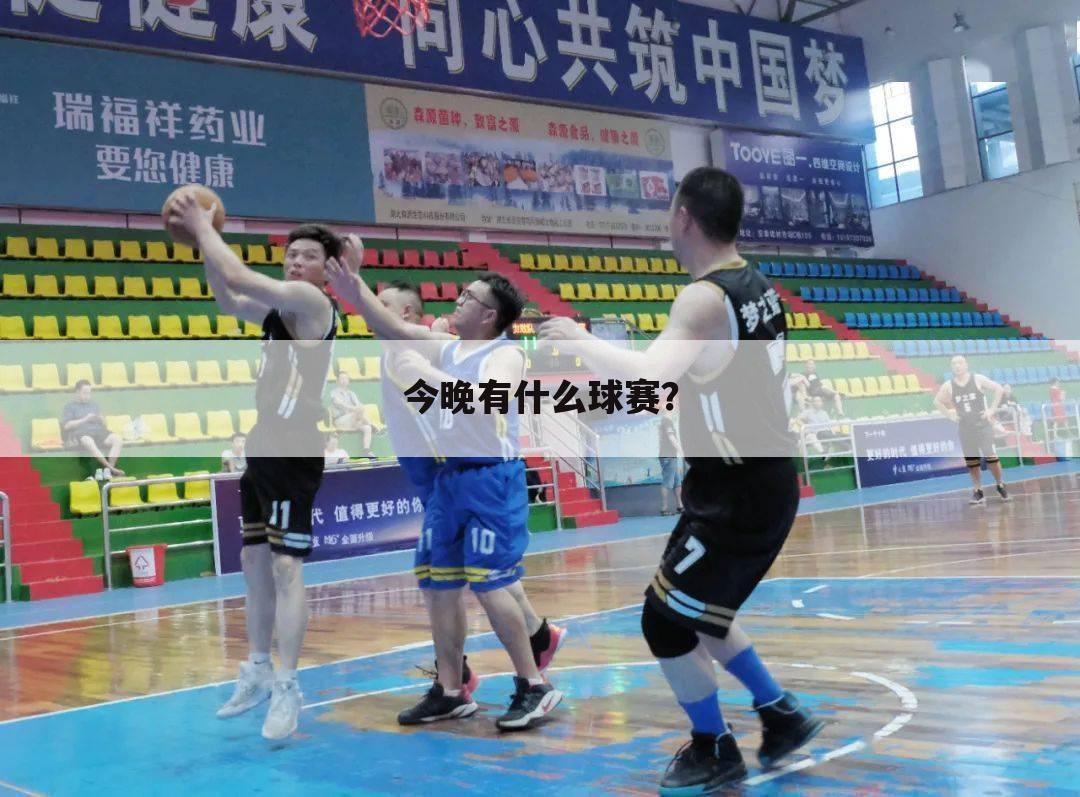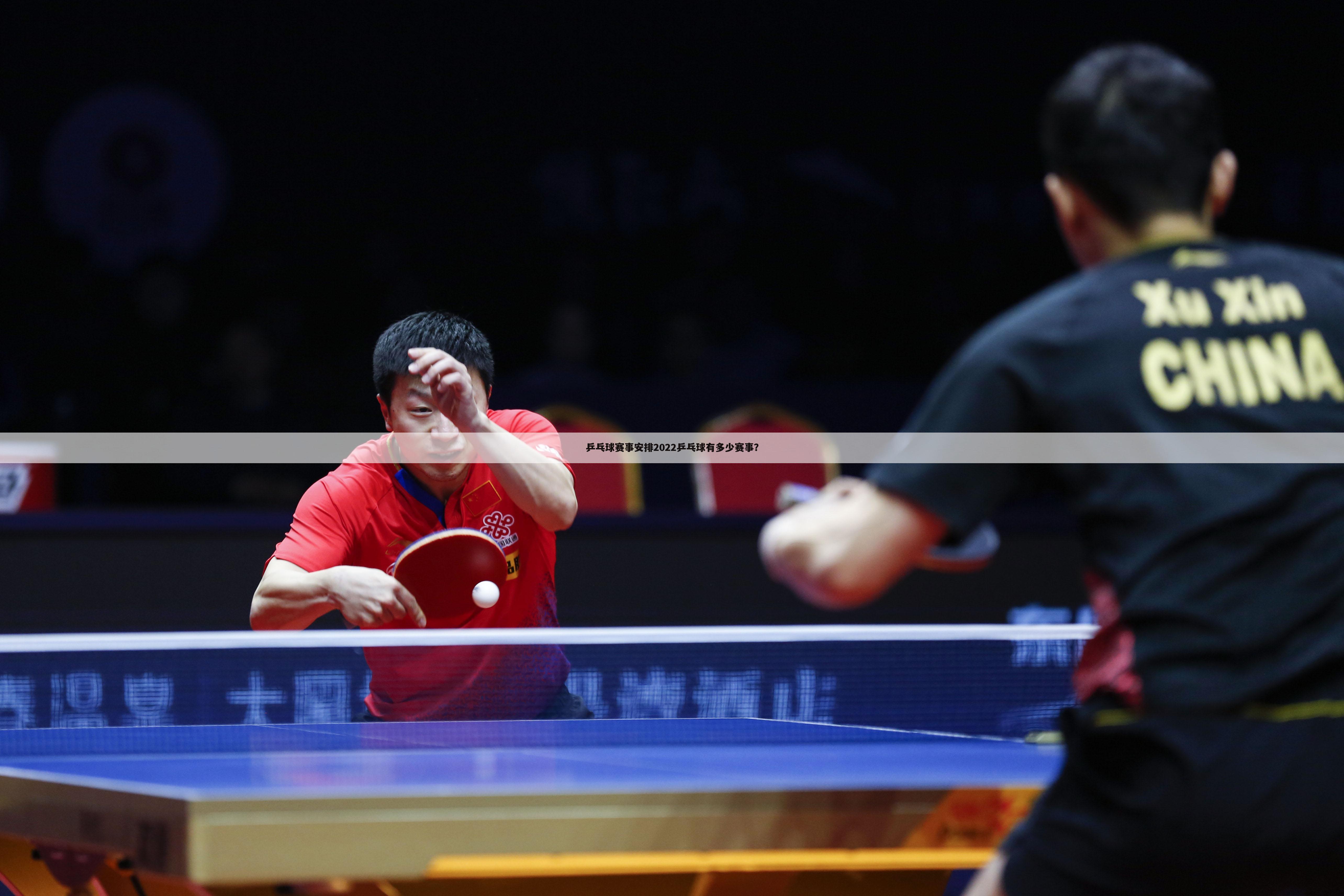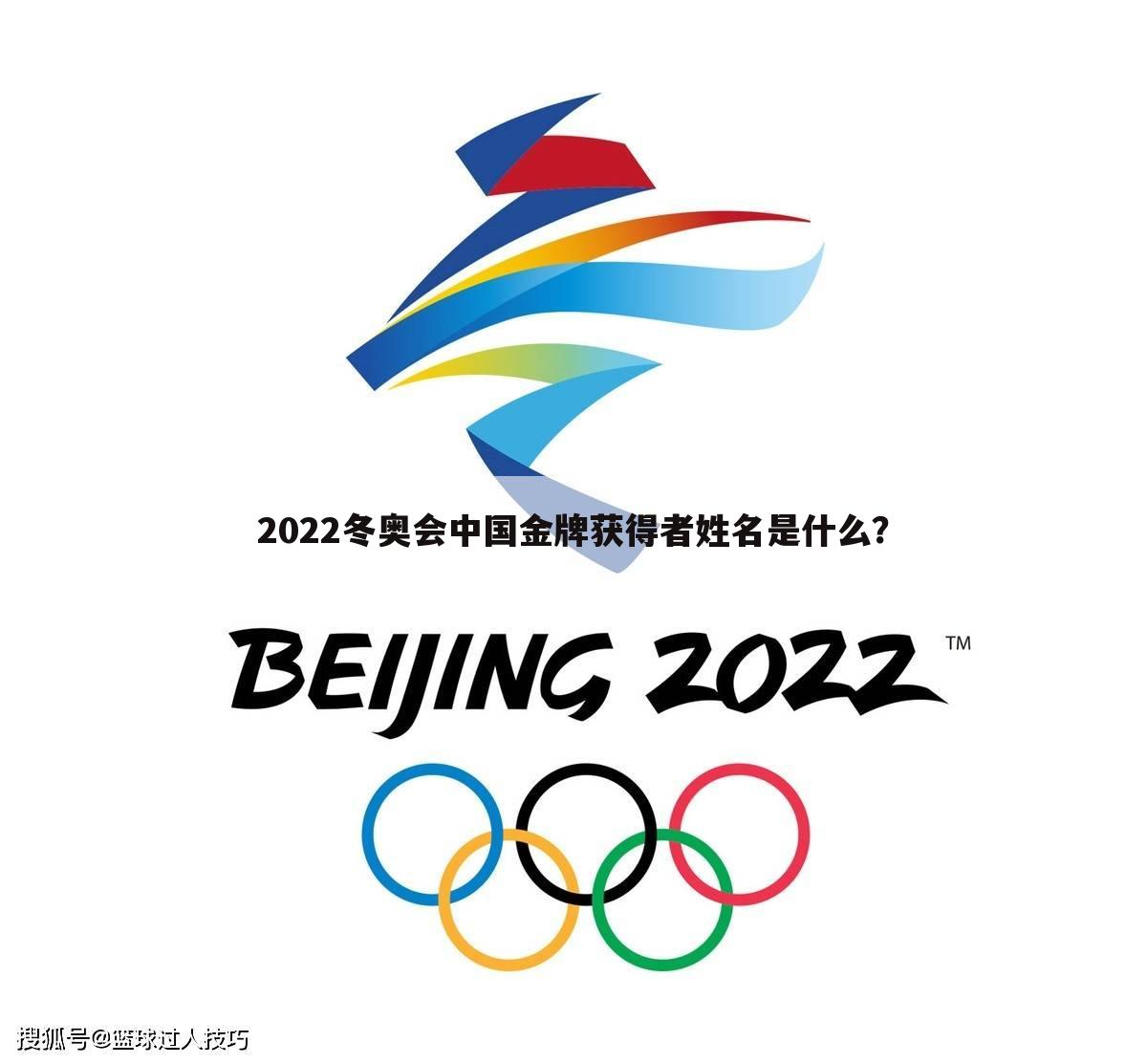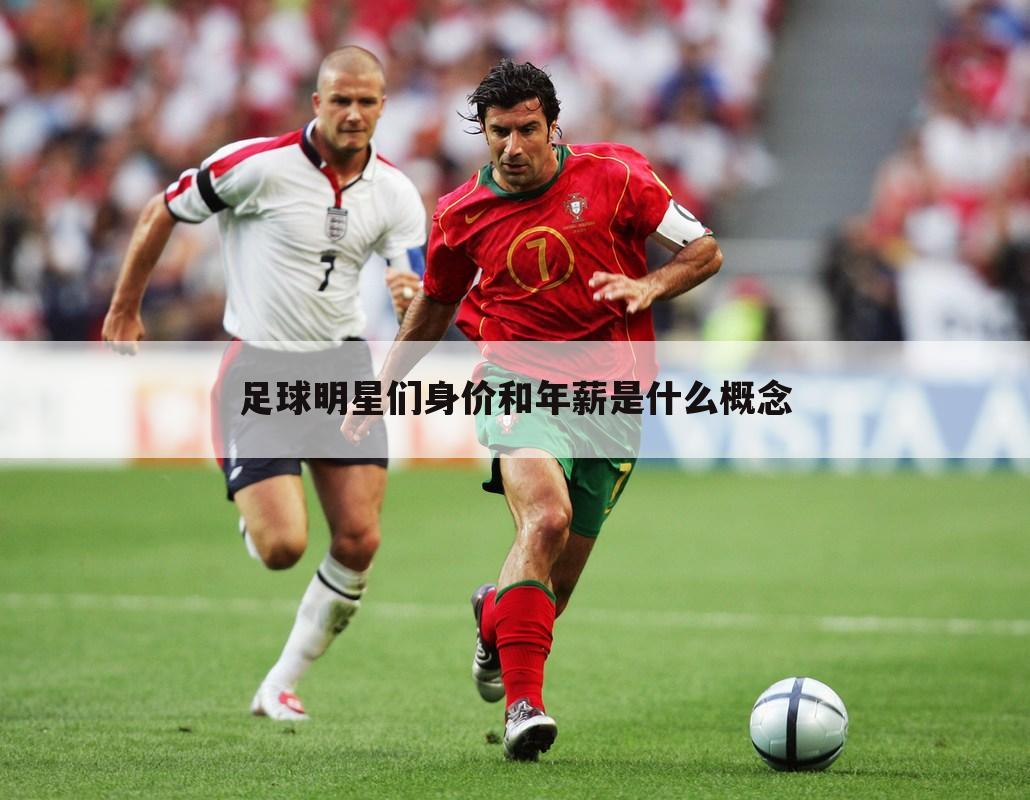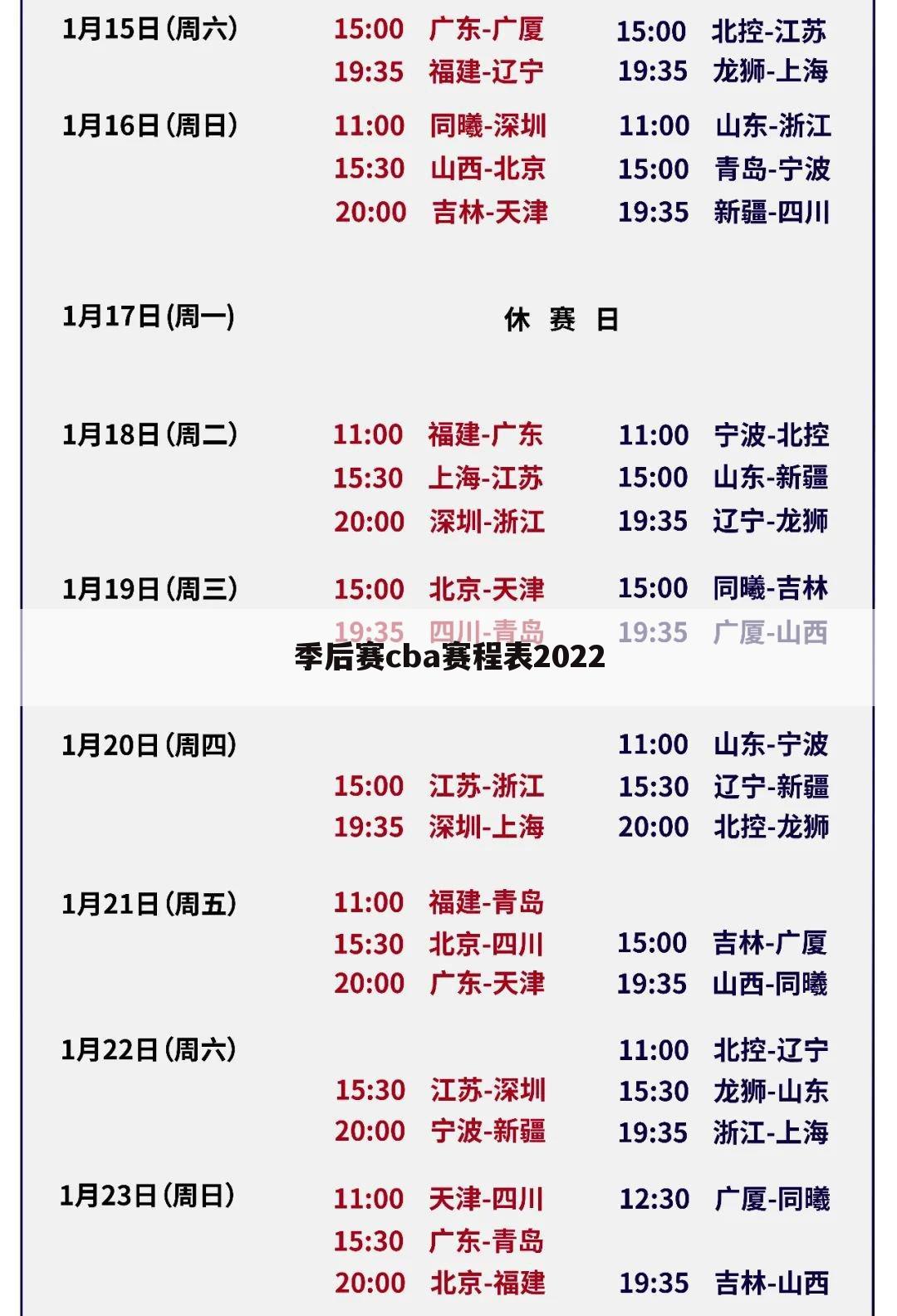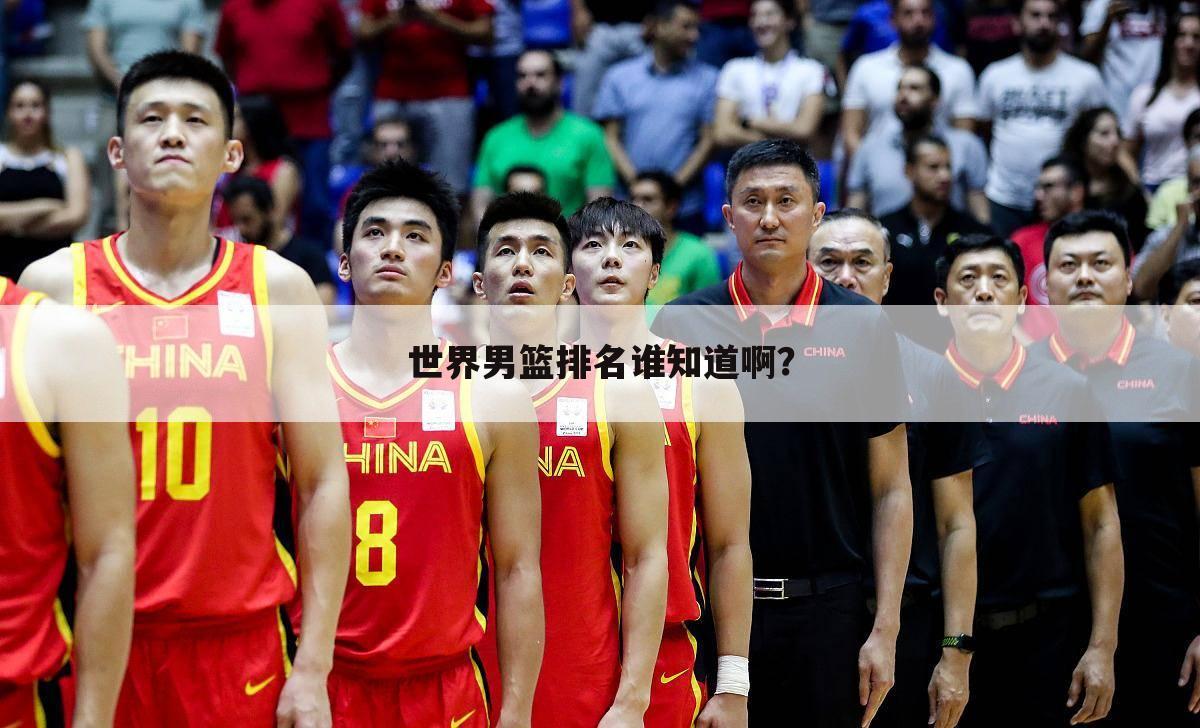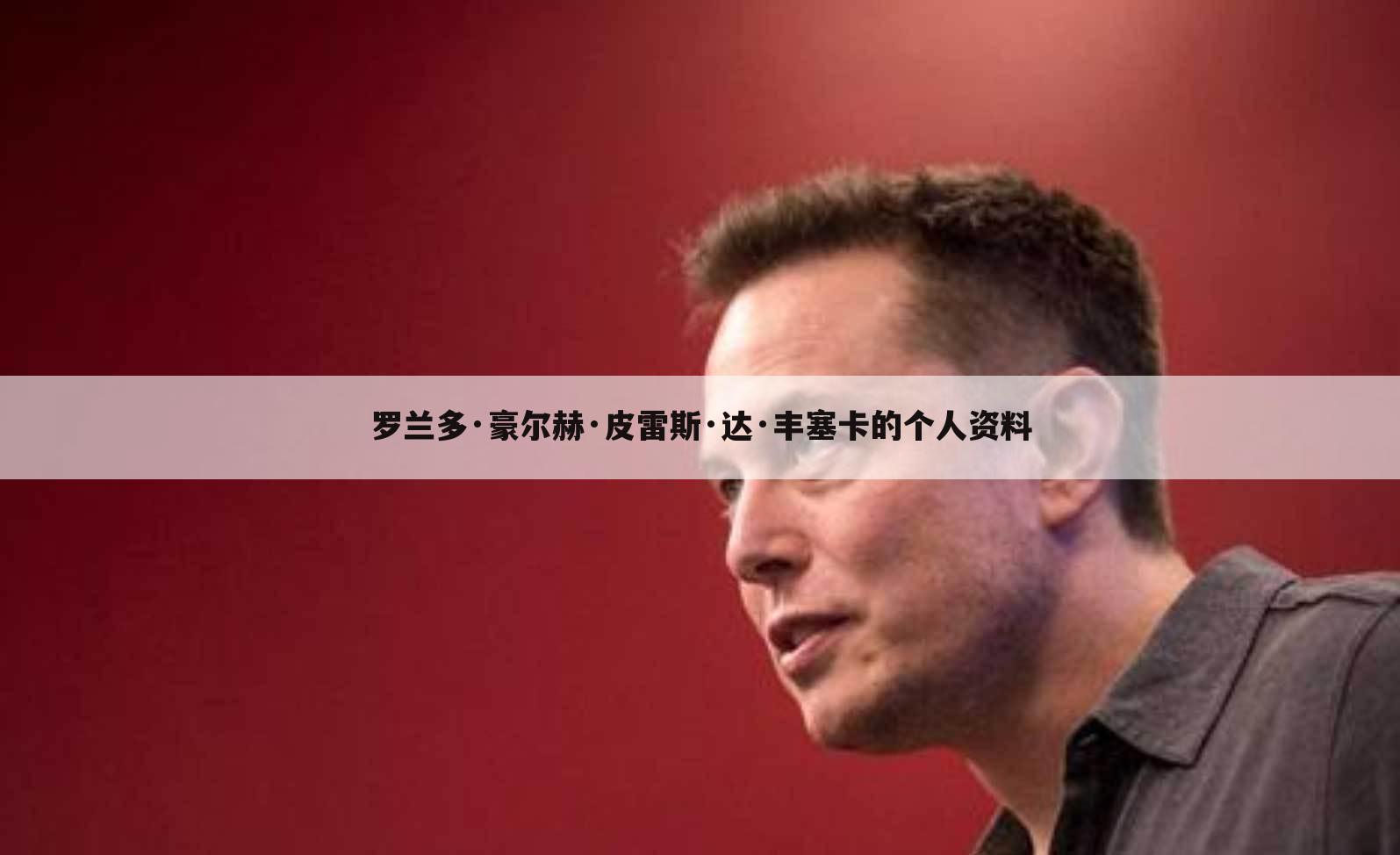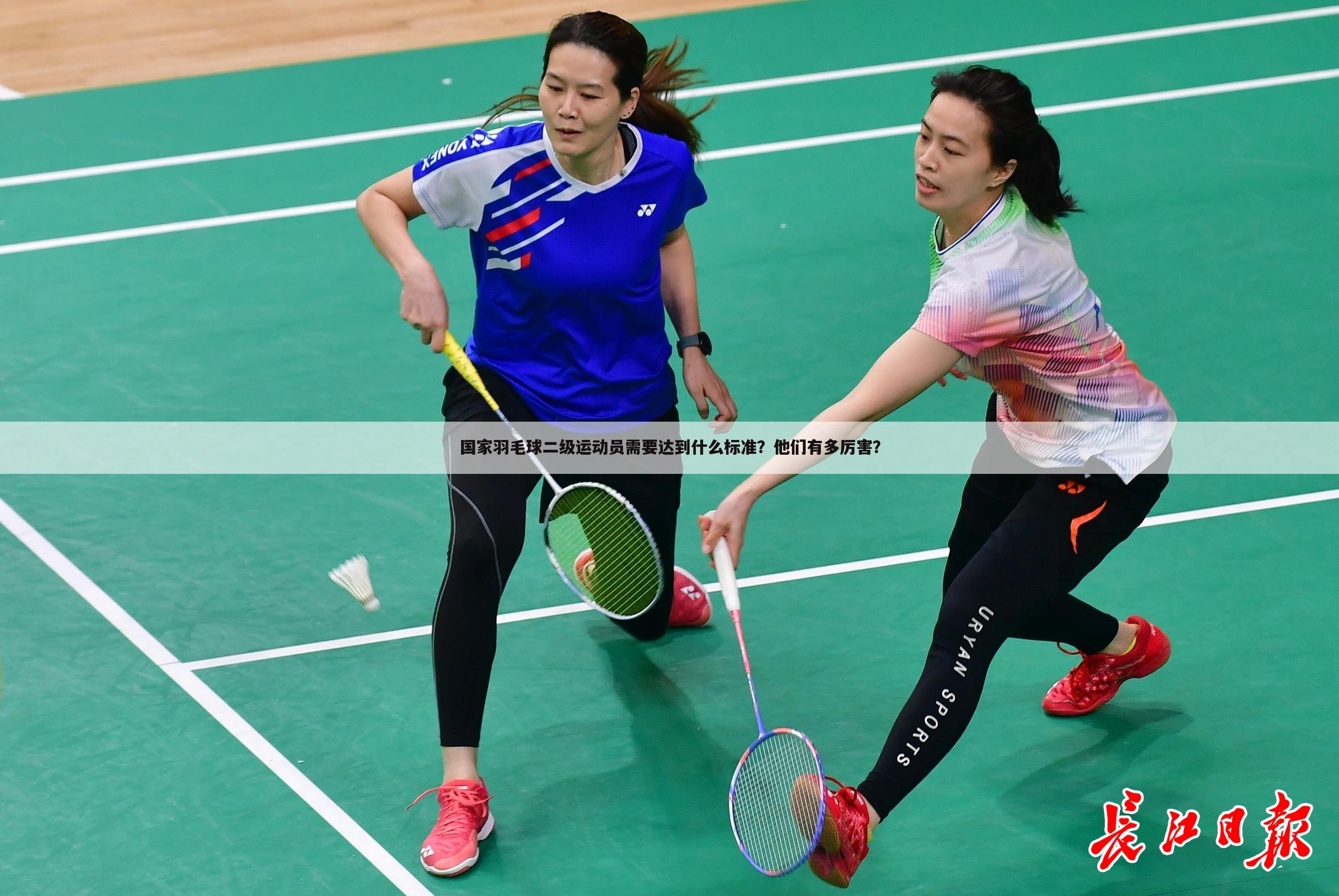问题1:蒙牛成为 2018 FIFA 世界杯全球官方赞助商,对蒙牛来说意义大吗?
我觉得这很有意义,代表着蒙牛更进一步的向世界级乳制品发展,毕竟世界杯是具有极大影响力的国际赛事,而蒙牛又是2018年FIFA世界杯的全球官方赞助商,可以说,蒙牛以2018年世界杯为契机,进行世界杯营销就是为了扩大蒙牛的国际影响力,蒙牛越来越国际化啦~
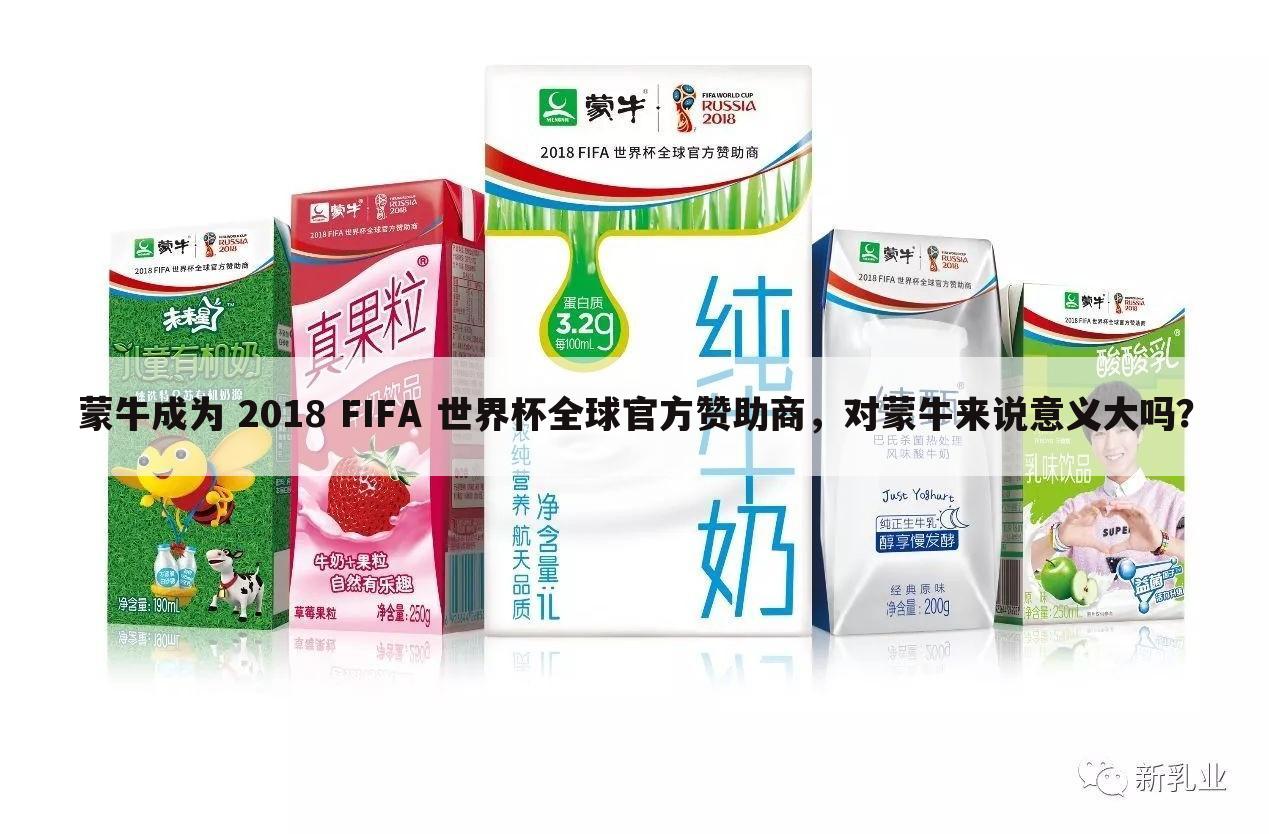
问题2:麻烦给我一些2006FIFA世界杯的资料~要全英文的~拜托了
The 2006 FIFA World Cup is the current FIFA World Cup, the finals of which are being held in Germany. The FIFA World Cup is the football (soccer) world championship, contested by men's national football teams, and organised by FIFA, the international governing body for football. The championship cycle culminates every four years in a finals tournament to decide which country's men's football team will be awarded the FIFA World Cup title. The host country and football federation for the 2006 FIFA World Cup finals tournament is Germany, who in June 2000, won the right to host the event, beating bids from South Africa (which will host the 2010 World Cup), Brazil, England and Morocco.
The 2006 FIFA World Cup, the eighteenth such championship, began in December 2003 with 198 countries entering the draw for a series of qualification tournaments and play-offs that resulted in 32 national teams qualifying for the finals tournament.
The finals tournament of the 2006 World Cup began on 9 June 2006 and is scheduled to end on 9 July 2006. A total of 64 games will be played. The first stage was the Group stage, where the 32 teams were divided into 8 groups of 4 teams each. The teams in these groups of four competed in three-round round-robin tournaments to find two teams from each group (a total of 16) to advance to the knock-out stage. The Group stage was completed on 23 June 2006. The knockout stage started on 24 June 2006, and progressive elimination of teams through quarter-finals and semi-finals, will finish with the World Cup Final, the final match on 9 July 2006. The World Cup Final played in Berlin will determine the World Cup champion.
Venues
Twelve cities were selected to host World Cup finals matches.
City Original stadium names World Cup 2006 stadium names[1] Host club(s) Map[2] Capacity[3]
Berlin Olympiastadion Olympiastadion Hertha BSC Berlin [1] 74,176
Dortmund Signal Iduna Park FIFA World Cup Stadium, Dortmund Borussia Dortmund [2] 67,000
Frankfurt Commerzbank-Arena FIFA World Cup Stadium, Frankfurt Eintracht Frankfurt [3] 48,132
Gelsenkirchen Veltins-Arena FIFA World Cup Stadium, Gelsenkirchen FC Schalke 04 [4] 53,804
Hamburg AOL Arena FIFA World Cup Stadium, Hamburg Hamburger SV [5] 51,055
Hanover (Hannover) AWD-Arena FIFA World Cup Stadium, Hanover Hannover 96 [6] 44,652
Kaiserslautern Fritz-Walter-Stadion Fritz-Walter-Stadion 1. FC Kaiserslautern [7] 43,450
Cologne (Köln) RheinEnergieStadion FIFA World Cup Stadium, Cologne 1. FC Köln [8] 46,120
Leipzig Zentralstadion Zentralstadion FC Sachsen Leipzig [9] 44,199
Munich (München) Allianz Arena FIFA World Cup Stadium, Munich Bayern München, TSV 1860 München [10] 66,016
Nuremberg (Nürnberg) EasyCredit-Stadion FIFA World Cup Stadium, Nuremberg 1. FC Nürnberg [11] 41,926
Stuttgart Gottlieb-Daimler-Stadion Gottlieb-Daimler-Stadion VfB Stuttgart [12] 54,267
2006 FIFA World Cup miscellany
Participation
* The 2006 tournament features the most national teams making their first appearance in the World Cup finals (8) since there were ten first-time participants in the second competition in 1934. The eight national teams making their debut are Angola, Cote d'Ivoire, Czech Republic,[1] Ghana, Serbia & Montenegro,[2] Togo, Trinidad & Tobago, and Ukraine.[3]
* As well as the defending champions Brazil, there are five former FIFA World Cup champions competing in the 2006 FIFA World Cup: Germany, Italy, France, Argentina, and England. Of the former FIFA World Cup champions, only Uruguay failed to qualify, being defeated by Australia in a qualifying play-off for one of the places.
* This is the first[4] World Cup with a team representing a country that has ceased to exist prior to the start of the tournament. Serbia and Montenegro split into Serbia and Montenegro on June 5, 2006. The Serbia and Montenegro footballers played under a flag no longer displayed in their countries. The team contained only one player born in Montenegro, Dragoslav Jevrić. (Another Montenegrin, Mirko Vučinić, had to return home as a result of an injury.)[5]
* Australia is making its first appearance in 32 years, the longest such drought for any qualifier not making its first appearance.
* According to the May 2006 FIFA World Rankings (the last rankings prior to the start of the tournament), the highest ranked teams to fail to qualify were Denmark and Nigeria (tied for 11th). The lowest ranked team that qualified for the competition was Togo (61st). [6]
* Five of the participating teams were coached by Brazilians - Brazil (Carlos Alberto Parreira), Costa Rica (Alexandre Guimaraes - now actually a naturalised Costa Rican), Japan (Zico), Portugal (Luiz Felipe Scolari) and Saudi Arabia (Marcos Paqueta).
* Four of the participating national teams had a Dutch coach - The Netherlands (Marco van Basten), South Korea (Dick Advocaat), Trinidad and Tobago (Leo Beenhakker), and Australia (Guus Hiddink).
[edit]
Competition
[edit]
Individual
* Brazil's Ronaldo beat Gerd Müller's all-time FIFA World Cup finals scoring record with 15 goals, moving past Pelé (12), with whom he was tied at the start of the tournament, and Just Fontaine (13).[7]
* David Beckham became the first England player to score in 3 FIFA World Cup Finals after his goal against Ecuador in the 2nd Round. He scored against Colombia in 1998, and Argentina in 2002.
* The 2,000th goal in the history of the FIFA World Cup tournament was scored by Marcus Allbäck of Sweden against England on 20 June[8]
* Philipp Lahm of Germany was the first goal scorer in the 2006 World Cup, with a strike just outside the 18 yard box.
* The first booking in the 2006 World Cup was a yellow card given to Danny Fonseca of Costa Rica in the 30th minute of the first game against Germany. The first red card was given to Avery John of Trinidad and Tobago after his second yellow card in the 46th minute against Sweden. The first straight red card was given to Vladislav Vashchuk of Ukraine against Spain in the 47th minute, which resulted in the awarding of the first penalty kick to David Villa.
* Sami Al-Jaber of Saudi Arabia became the first Asian player ever to score in 3 World Cups, when he scored against Tunisia. He had scored a penalty goal against Morocco in the 1994 FIFA World Cup, and another penalty goal against South Africa in the 1998 FIFA World Cup
* As of 18 June, Asamoah Gyan of Ghana scored the fastest goal in FIFA World Cup 2006, scoring just 1 minute and 10 seconds into the match against the Czech Republic, though this is not a FIFA World Cup finals record. Carlos Gamarra of Paraguay scored the fastest own goal in World Cup finals history in the first round match between England and Paraguay.
* In the match of Germany vs Ecuador, Miroslav Klose scored at the 4th minute, and his 4th goal of the competition was at the 44th minute. In 2002, he scored all 5 goals with his head, in 2006 he scores all 4 goals with his feet.
* Paraguay vs. England saw the fastest goalkeeper substitution in FIFA World Cup finals history as Justo Villar suffered a calf injury in the 8th minute clearing a ball and had to be taken out of the game.[citation needed]
[edit]
Team - Group Stage
* The opening match of the 2006 FIFA World Cup had the most goals of any opening match in FIFA history, with 6 goals (Germany 4; Costa Rica 2) compared to the next-best 1930 opening match with 5 goals (France 4; Mexico 1). Italy's 7-1 victory over the USA in 1934 was one of 8 simultaneous first round matches on the opening day and as such is not considered an opening match.
* Côte d'Ivoire (vs Serbia and Montenegro) are the only team which won a match after trailing by two goals at some point. Australia (vs. Japan), Korea (vs. Togo), Spain (vs. Tunisia), Poland (vs. Costa Rica) and Brazil (vs. Japan) each won a game after trailing by one goal.
* Teams recording their first ever World Cup finals goal were Angola (Flavio Amado), Australia (Tim Cahill), Côte d'Ivoire (Didier Drogba), Czech Republic (Jan Koller), Ghana (Asamoah Gyan), Serbia and Montenegro (Nikola Žigić), Togo (Mohamed Kader), and Ukraine (Andriy Rusol).
* Teams recording their first ever World Cup finals victory were Australia, Côte d'Ivoire, Czech Republic, Ghana, and Ukraine.
* For the first time in a World Cup finals, in Argentina's victory over Serbia and Montenegro, all three players of a team who entered a match as substitutes scored one goal. (Esteban Cambiasso sub on at the 17th min, score on 31st min., Carlos Tévez sub on at the 59th min, score on 84th min., Lionel Messi sub on at the 75th min, score on 88th min.)
* Two-thirds of the way through the Group stage, eight of the thirty-two teams had clinched qualification to the second round and seven teams had been mathematically eliminated from contention. Only in Group E were all four teams neither mathematically eliminated nor guaranteed qualification into the second round. No four-way ties were possible, and only one three-way tie was still possible (in Group G).
* At the end of the Group stage, there were only two ties. One was in group C for 1st/2nd place, and was won by Argentina ahead of the Netherlands on goal difference. The other tie was in Group H for 3rd/4th place, and was won by Tunisia ahead of Saudi Arabia on goal difference.
* Heading into the final set of group games, there were seven scenarios that could have required the drawing of lots, but none of these scenarios came to pass. The group that came closest to being settled by the drawing of lots was Group G, where the double result France 2-0 Togo and Korea 1-1 Switzerland remained a possibility until Switzerland scored in the 77th minute to go 2-0 up. The potential drawing of lots had been scheduled for 11:30pm, but in the end was not required.
* Only Ghana and France entered their final matches in lower than second place in its group (both entered in third) and still managed to qualify for their next rounds.
* England's victory over Paraguay is the first 1-0 final score in World Cup finals history to have been decided by an own goal. England were the first team to lead its group without a goal scored by its players.[citation needed]
* Switzerland was the only team not to concede a goal in the group stage, ending on a goal difference of +4 (GF 4, GA 0).
* Group B is the group where most own goals (2) were scored. Carlos Gamarra (Paraguay) against England, and Brent Sancho (Trinidad and Tobago) against Paraguay.
Team - Second Round
* This was the sixth world cup in a row where an African nation has progressed to the second round, and the first ever where an Oceanic nation progressed.
* Teams advancing out of the first round for the first time are Ukraine, Australia, Ecuador and Ghana. Ukraine was the only one of them to advance to the quarter finals.
* With reference to the May 2006 FIFA Rankings:
o The average rank of the teams that progressed was 19.00.
o The average rank of eliminated teams was 30.25.
o Switzerland (35) was the lowest ranked team to win a group.
o Ghana (48) was the lowest ranked team to progress to the second round.
o The Czech Republic (2) was the highest ranked team to be eliminated in the group stage.
o The USA (5) was the highest ranked team to come last in its group.
o Group E was the only group where the third and fourth ranked teams (Italy (13) and Ghana (48)) progressed.
o Group B - England (10), Sweden (16), Paraguay (33) and Trinidad and Tobago (47) - was the only group where the final group placings directly corresponded to the May 2006 FIFA rankings.
o In four out of eight cases the lowest ranked team in the group progressed. These were Group A: Ecuador (39), Group E: Ghana (48), Group F: Australia (42), and Group H: Ukraine (45).
* Although Czech Republic (Group E) and Korea Republic (Group G) topped their groups after their first game, they failed to progress to the Round of 16.
* Portugal received the most yellow cards (9) in one game (against the Netherlands). The match also saw the most red cards (two to each side) in a single match in the history of the World Cup Finals, and tied the record of most yellow cards in a single match (16- 9 to Portugal, 7 to Netherlands).
* This was considered, until the last day of the Group Stage, the first World Cup to have all six confederations in the Second Round. But with the loss of Korea Republic to Switzerland, Korea Republic did not qualify, and so there was no team from AFC.
o From UEFA: Germany, Sweden, Italy, Switzerland, Ukraine, England, Portugal, Netherlands, Spain and France - 10 teams
o From CONMEBOL: Argentina, Ecuador and Brazil - 3 teams
o From CONCACAF: Mexico - 1 team
o From OFC: Australia - 1 team
o From CAF: Ghana - 1 team
* Switzerland became the first team ever not to concede a goal in a world cup final tournament, and the first team to be eliminated despite not conceding any goals. They also became the first team not to score during kicks from the penalty mark in a World Cup.
* Of the six former champions in the competition, all six have advanced to the quarter finals. The only non-former champions still in the competition are Portugal and Ukraine.
* Six group winners advanced from the Round of 16 to the quarter-finals. The other two places in the quarter-finals were taken by teams who came second in their groups, Ukraine and France, who defeated Switzerland and Spain respectively.
Organization
The official Adidas Teamgeist ball made for the World Cup
Enlarge
The official Adidas Teamgeist ball made for the World Cup
* For the first time at a World Cup, match officials were equipped with microphones and earpieces so they can communicate better with each other during each game.
* The 2006 tournament featured a fifth official as a substitute for the referee's assistants. Although the fifth official can view a video monitor he isn't wired up to the referee's microphone and cannot therefore communicate what he sees directly to the referee.
* Of the twelve hosting stadia, only Zentralstadion in Leipzig is in the former German Democratic Republic (East Germany). Olympiastadion is in what was West Berlin and while it was certainly not within the old GDR, it was also not officially part of the Federal Republic of Germany either.
* Adidas has supplied personalized match balls for every match of the tournament. On each of these "Teamgeist" balls the date of the match and the names of the national teams involved will appear. The ball used for the final match will be a special gold colour.
* Two of team suppliers, Adidas and PUMA, are headquartered in Herzogenaurach, Germany. This is because their founders, Adolf Dassler and Rudolf Dassler respectively, are brothers.
* The mascots for the competition are the lion Goleo VI and Pille, a talking football.
* The official logo design, The Smiling Faces, incorporates the logo of the 2002 FIFA World Cup: a stylised version of the FIFA World Cup Trophy.
* The county of Bad Kissingen is the only one to host two teams. Ecuador are based in the city of Bad Kissingen and Croatia in Bad Brückenau.[citation needed]
* The 2006 FIFA World Cup was the first one to give environmental protection official project status with the "Green Goal" initiative.
Curiosities
A graph depicting significant Internet traffic decrease during the Netherlands - Serbia and Montenegro match (look between 15:00 - 17:00 on the 2nd peak)
Enlarge
A graph depicting significant Internet traffic decrease during the Netherlands - Serbia and Montenegro match (look between 15:00 - 17:00 on the 2nd peak)
* Spanish is the principal language of six represented countries, more than any other language, including five countries where it is the official tongue (Argentina, Costa Rica, Ecuador, Paraguay and Spain), and one (Mexico) where it is de facto the main language. This is followed by French and English, there being five competing countries where each is a principal language (Côte d'Ivoire, France, Switzerland, Tunisia, and Togo all have French as an official language, while English has official status in Ghana and Trinidad & Tobago, and is the main tongue in Australia, England and the USA). Portuguese is represented by three nations (Angola, Brazil, and Portugal). German (Germany and Switzerland), Italian (Italy and Switzerland), and Arabic (Saudi Arabia and Tunisia) are each represented in two. No other language has official status in more than one qualified nation.
* The World Cup causes a significant decrease in Internet traffic.AMS-IX, an Internet relay company in the Netherlands, stated that during the match of the Netherlands against Serbia and Montenegro, there was a massive decrease in Dutch Internet usage, only coming back up lightly during half-time.
* Before the match between Korea Republic and Togo, the organisers played the Korean national anthem twice before correctly playing the Togolese one.
* 2006 FIFA World Cup (video game) is the official computer and video game for the World Cup. As with the previous World Cup game, 2002 FIFA World Cup, it is being published by EA Sports.
* Hyundai Motor Company will supply 32 brand-new buses for use by the teams. To promote the tournament, a contest was held on the tournament's website. If a fan could supply a good slogan for their favorite team's bus, they would win tickets to the opening match. The 32 winning slogans were announced on May 22, 2006 and can be seen here.
* The vocal group, Il Divo, and R&B singer, Toni Braxton, sang the official song Time of Our Lives . The official album was released in May 2006 which also included a special version of Shakira's newest hit "Hips Don't Lie".
* Due to the official beer sponsor of the 2006 FIFA World Cup being Anheuser-Busch, hundreds of Dutch fans wearing orange lederhosen, which were part of Dutch brewer Bavaria's marketing campaign, were forced to take to the stands in their underwear.
* In the game between Australia and Croatia, referee Graham Poll showed Croatia's Josip Šimunić a second yellow card, but, confusingly, did not send him off after marking his match card incorrectly with the name of Australian defender Craig Moore. Poll later showed him a third yellow and this time showed him the red.
* PUMA supplies the kit to 12 of the 32 finalists, making it the leader in this category. Adidas and Nike are joint runners-up with 7 each, while Umbro and Lotto supply two teams each, and Marathon and Joma furnish a single team each. The only group without a Puma-supplied team is Group G. In Group E, only the USA do not wear Puma kits.
* Some hotels where teams lived during the tournament removed Western symbols. I. e.: At the hotel where Saudi-Arabia lived, hotel officials removed bibles, Coca-Cola, beer and other Western symbols. The hotel management also glued arrows at the wall into the direction where Mecca is for praying.
问题3:fifa2006世界杯
【转帖】WC06主菜单全译
1.Play Now:开始游戏(资格赛、友谊赛、第三名争夺战、决赛、半决赛、四分之一决赛、十六强、小组赛)
2.Global Challenge:全球挑战(各种限制条件下的挑战)
3.Penalty Shootout:点球大战
4.Play Online:网上游戏
5.Practice:训练模式(自由训练、角球、直接和间接任意球、点球)
6.Team Management:球队管理(创建球员、球员修改、球队阵容管理)
7.My FIFA World Cup TM:我的FIFA世界杯(商店、游戏设置、键位设置、目标、播放列表、文件管理、战术帮助、载入存档、技巧及提示等信息)
8.FIFA worldcup.com Zone:FIFA世界杯地带(关于德国世界杯城市和球场的视频)
9.Credits:荣誉(WC06游戏制作等相关情况介绍)
10.Multiplayer:联机对战(浩方及IP直联等的联机方式)
11.Exit To Windows:退出游戏
12.The Lounge:休闲室(自选几只队伍打小型杯赛)
13.2006 FIFA World Cup TM:FIFA世界杯2006(选择一直球队打各赛区的预选赛或者直接选择一直德国世界杯32强中的球队打世界杯)
跟你的中文版对照一下.
如果用局域网连,在联机对战中选第二个,一台建主机一台连上去就行了
如果不行就用“Direct IP”选项,一台先做主机,然后另一台要用“New”新建一个联接,地址栏输入主机的局域网内地址,保存后选择该项再按“Connet”
(“Direct IP”也可用于局域网内互连)
我没玩过,参照的游侠相关问题的回帖.
问题4:蒙牛公司简介是FIFA世界杯全球官方合作伙伴?
是的。这是国际足联在全球赞助商级别首次合作的乳品品牌,也是中国食品饮料行业成为世界杯全球赞助商的第一个品牌。挺厉害的
问题5:世界杯(FIFA World Cup)即国际足联世界杯,是世界上最高荣誉、最高规格、最高水平、最高
World Cup (FIFA World Cup) is FIFA World Cup, is the highest honor, the highest specifications, the highest level, the highest gold content, the highest profilefootball competitions in the world, and the Olympic Games are known as the twotop global sports events, and even the world's largest sporting event broadcastcoverage over of the Olympic games.
The world cup is the dream of all countries in the football field of divine glory,even a national football team can get champion, is the first in the world to be right and proper, the whole world will be crazy for boiling. The World Cup finals playerwill be the state as a national hero forever in the annals of history, so it alsorepresents the ultimate dream of every football player.
The world cup is held every four years, FIFA member of any international (area)can send a representative team participated in this event.
Brazil is currently won the award for most teams, won 5 World Cup champion, andwon 3 World Cup after permanent retained the former world cup, Rimet cup, theworld cup is the trophy. Germany in 1974 for the first time the cup and still in use today, are collectively referred to as the world cup.
问题6:FIFA全称是什么?和“世界杯”是什么关系?
FIA的全称是“Federation International de L' Automobile,是最大性的世界汽车运动的筹办机关!
FIFA的英文全称是Federation International Football Association,意思是国际足球联合会
1904年5月21日,国际足联在法国巴黎成立。1921年3月1日,法国人雷米特当选为国际足联第3任主席,正是在他的努力下,举办世界杯的梦想得以成为现实,而雷米特也因此被称为世界杯之父。
奥运会越来越大的影响力坚定了国际足联建立自己的锦标赛,让世界上最好的国家队一起比赛的愿望。1928年5月,国际足联决定举办自己的第一次世界性的足球锦标赛——世界杯。1924和1928年两届奥运会足球冠军得主,同时正在准备1930年的国家独立100周年纪念的乌拉圭自然而然地成了主办这次比赛的最佳选择。而冠军奖杯也命名为“雷米特金杯”。1930年7月18日,第一届世界杯在乌拉圭首都蒙得维的亚的百年体育场揭开帷幕,世界足球开始了一个新的纪元。
世界杯在30年代共举办了3届,第二次世界大战使世界杯中断了12年,直到1950年才恢复。值得高兴的是,1946年,在外交天才雷米特的努力下,现代足球的发源地——英国足协终于回到了国际足联。二战后随着更多的独立国家加入到国际足联以及电视对世界杯的转播使世界杯逐渐成为世界上最大的单项体育比赛,并从1958年起由欧洲和南美洲轮流举办,直到1996年才第一次决定将2002世界杯交给亚洲的韩国和日本举办。
80岁的雷米特于1954年的瑞士世界杯退休,这位世界杯之父最后一次将“雷米特金杯”颁发给了世界杯决赛的胜利者——德国队。
1970年,巴西队在球王贝利率领下继1958,1962年后第三次获得世界杯冠军,永久占有了“雷米特金杯”。“大力神杯”成为新的冠军奖杯。从1930年到现在举办过的16届世界杯,一共只有七个国家赢得过世界杯冠军。
1974年,巴西人阿维兰热成了新的国际足联主席,直到1998年退休。在这二十四年间,阿维兰热为国际足联引入了企业化的管理制度,给世界足球和世界杯带来了革命性的影响和前所未有的发展。国际足联的规模也越来越大,到现在已经有204个成员国,而世界杯决赛圈也由第一届的13支队伍参加发展到现在的32支。
现在,四年一度的世界杯已经成为世界上不同民族,不同宗教,不同文化,不同国家的人们共同的节日,对整个世界的文化、经济和政治都起着重要的影响。
FIFA世界杯奖杯的由来
FIFA世界杯历史期间,曾有2个世界杯奖杯,其中第一个奖杯经历了不少曲折
FIFA决定于1930年举办首届FIFA世界杯之后,法国雕刻家拉菲尔(Abel LaFleur)制作了将为优胜队颁发的纯金奖杯。该奖杯是在镶嵌着宝石的支柱上,胜利女神伸展双臂托着八角形杯子的雕刻品。
为了纪念FIFA世界杯的创始人-雷米特(Jules Rimet)会长,把该奖杯命名为“大力神杯”,但在二战爆发之前所举行的第三届比赛(1930,1934,1938)上,仅被称为世界杯。1970年,是当时唯一的三联冠国家的巴西永远地占有了这只奖杯。
该奖杯在二战时期避开侵略军,曾被藏在意大利一房屋的床底下,也于1966年,在英国召开世界杯之前向平民展览时被盗过。英国警局找过该奖杯,但以失败告终。结果,该奖杯被称为“皮克兹”的杂种狗在郊外的垃圾箱找出。
大力神杯
1983年,该奖杯在巴西重新被盗,估计奖杯在那时被小偷们所溶解。巴西足球协会制作了复制品代替保管着。
第二只FIFA世界杯奖杯是,FIFA在53种设计图案中选择而于1974年召开的FIFA世界杯赛上问世的。该奖杯是由意大利雕刻家Silvio Gazazniga用18开纯金制作的。按照他的说明,该奖杯的形象蕴含着“从地面上升起的螺旋型线在支撑着地球,这有力地表现了取得胜利的那一瞬间的激情”。
如今的奖杯高36cm(14英寸),重4,970g(11英镑),归FIFA所有。世界杯冠军队可获得镀金的复制品。
举办时间:
每4年举办一次(举办奥运会的中间时期)选6、7月中的一个月(但,2002韩日世界杯于5月31日举办开幕仪式)
历代世界杯举办地点(17届):
欧洲地区 9,南美地区 4,中北美地区 3,亚洲地区 3。
历代世界杯主办国(15个国家):
乌拉圭、意大利(2届)、法国(2届)、巴西、瑞士、瑞典、智利、英国、墨西哥(2届)、西德、阿根廷、西班牙、美国、韩国、日本
问题7:fifa online3怎么进入世界杯
目前FIFAOL3世界杯模式暂未开放 后期会有世界杯模式,多关注FIFAOL3官网和媒体的消息,推荐52PK FIFAOL3主题站。
FIFA Online3世界杯竞技场模式也是一个尚未开放的模式,在4月29日不删档测试中我们将会看到这个模式,并能体验到他,光听这个名字小编就浑身的血液都在沸腾,之所以在今天腾讯公布了这么多的消息那是因为在今天腾讯UP+2014发布会开启,在随后的一个礼拜中,FIFA Online3将会小规模的放码,在4月23号之后就会大规模的放码,到时候玩家们就可以体验到这来自不删档测试的热情和腾讯运营方的用心,fifa online3世界杯竞技场模式是由16名玩家组成的随机匹配赛,在200余支国家队中选择,开启16人匹配对战,书写属于自己的2014世界杯。
关于世界杯官网的介绍到此就结束了,不知道你从中找到你需要的信息了吗 ?如果你还想了解更多这方面的信息,记得收藏关注本站。

